

Target group

The GLITCH is designed to perform all the tricks required in today's acro competitions. It is not suited to be your first acro glider. If you can't yet perform basic helico connections such as Sat to Heli or Misty to Heli, we don’t recommend learning them on the GLITCH, because it’s too aggressive. However, if you are confident in those tricks and are starting to get decent new school tricks such as Joker Cork and Cowboy and you want to refine your connections and progress further, the GLITCH is the glider to look for.
Size and wing loading
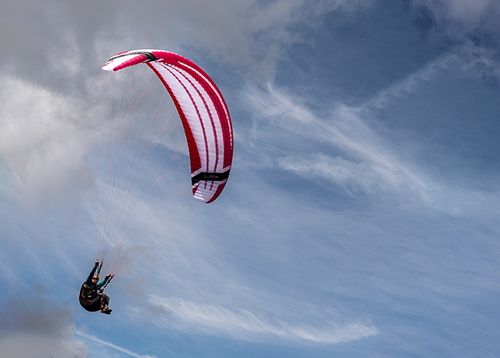
The GLITCH executes all acro tricks (including stall to infinite) with very low wing loading. Thus, you don’t need a smaller glider to perform specific tricks. Don't assume that you necessarily must fly the GLITCH smaller than your current glider to advance. Several experienced pilots have enjoyed flying the GLITCH even larger than their previous acro gliders. The enhanced climbing ability in thermals is just one of the many advantages you gain.
Quote from...
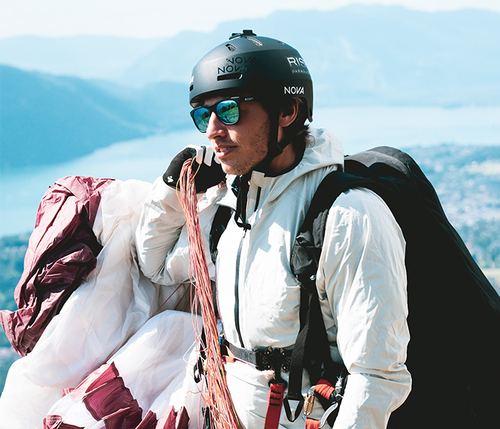
...Théo de Blic:
Initially, the GLITCH was not a project we aimed to sell, and therefore it was mostly designed to suit my flying style in order to perform well in competitions. We experienced several ups and downs during the development of the wing, but in the last two years, upon reaching the 8th version of the wing, we achieved what I could classify as the best Acro wing on the market.
What you want in a competition Acro wing is, first of all, reliability. It has to work 100% of the time, even when you make a small mistake. That’s especially true for the Stall to Infinit tricks. In that aspect, the latest version of the GLITCH is incredibly reliable. It is probably the one glider on the market that will connect Stall to Infinit from almost anything.
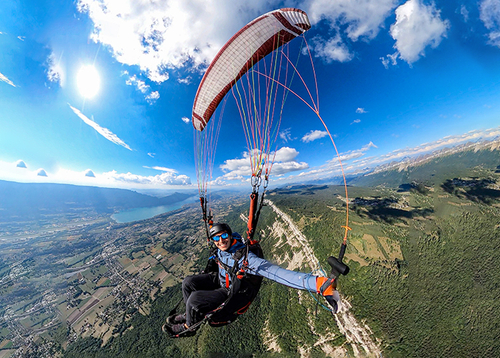
But that’s not all. Contrary to many pilots, what I enjoy most isn't competing; it is training. While training, what you fly most isn't Stall to Infinit tricks; it's Heli connections, which has always been most important to me. That is where the GLITCH shines the most: It is aggressive but easily manageable. It can connect quickly or be slowed down at will, offering unparalleled control during connections.
The tips are the most solid on the market, thanks to the uncommon reflex airfoils. It takes some time getting used to as it is a different way of flying Acro, but once you master it, you can complete the cleanest and fastest connections available on the market.
All in all, I truly believe that we now possess the perfect wing, and my last years in competitions speak for the wing's capabilities.
Technical data
| 13* | 14,5* | 16 | 18 | 20 | 22 | |||
|---|---|---|---|---|---|---|---|---|
| Number of cells | 55 | |||||||
| Projected span | m | 6,88 | 7,27 | 7,64 | 8,10 | 8,54 | 8,95 | |
| Projected area | m² | 11,21 | 12,50 | 13,80 | 15,52 | 17,24 | 18,97 | |
| Projected aspect ratio | 4,23 | |||||||
| Flat span | m | 8,48 | 8,96 | 9,41 | 9,98 | 10,52 | 11,04 | |
| Flat area | m² | 12,98 | 14,48 | 15,98 | 17,98 | 19,98 | 21,97 | |
| Flat aspect ratio | 5,50 | |||||||
| Distance pilot – canopy | m | 6,26 | 6,61 | 6,94 | 7,36 | 7,76 | 8,14 | |
| Total line length | m | 254 | 269 | 284 | 302 | 319 | 336 | |
| Max. chord | m | 1,91 | 2,01 | 2,12 | 2,25 | 2,37 | 2,48 | |
| Min. chord | m | 0,47 | 0,50 | 0,52 | 0,56 | 0,59 | 0,61 | |
| Weight | kg | 3,9 | 4,2 | 4,4 | 4,8 | 5,2 | 5,5 | |
| Max. take off weight / Load test | kg | 120 | 120 | 120 | 120 | 120 | 130 | |
*Sizes 13 and 14,5 not on stock only on request
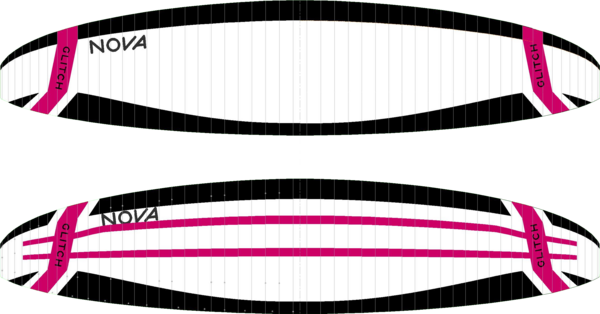

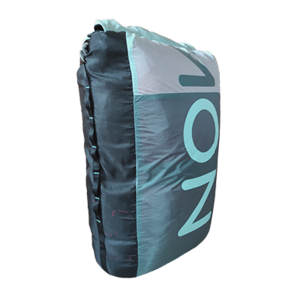 NOVA Stuff Sack.
NOVA Stuff Sack.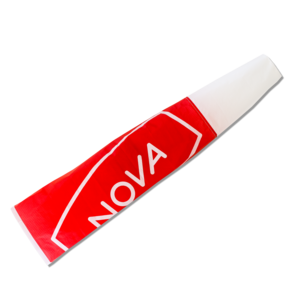 NOVA windsock.
NOVA windsock.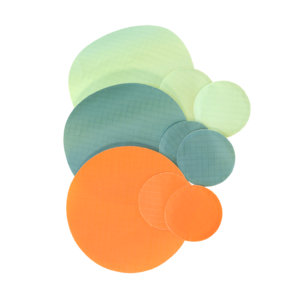 Repair kit.
Repair kit.